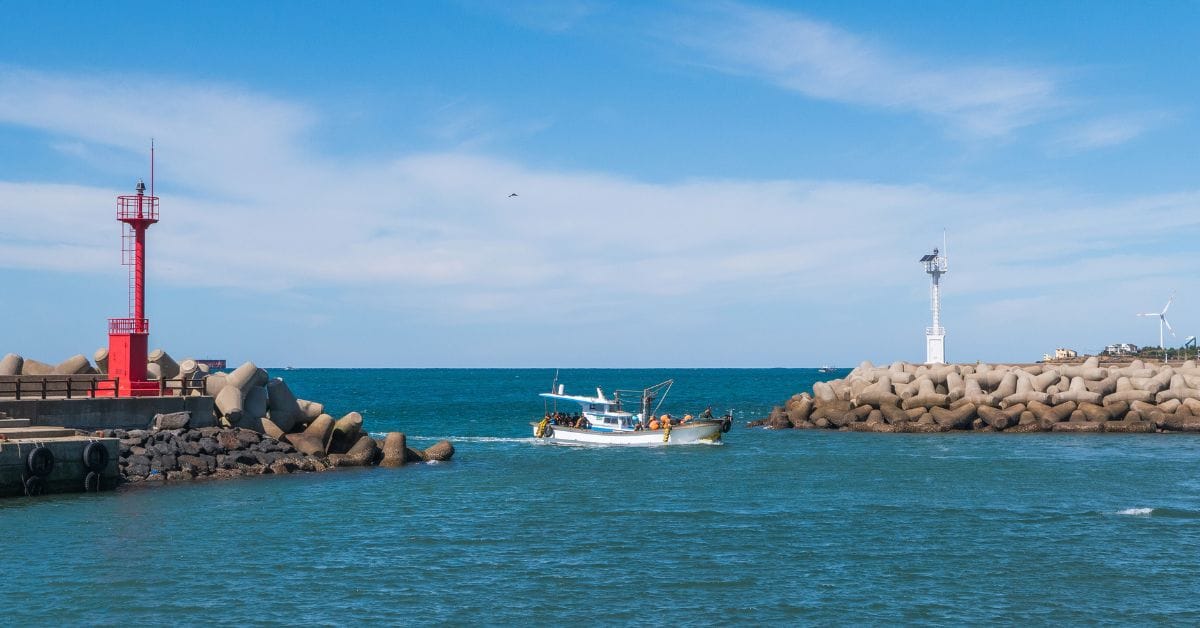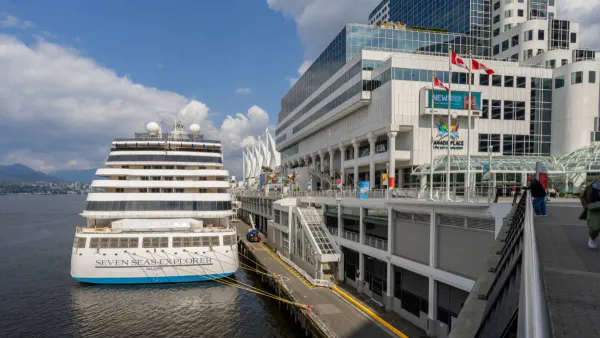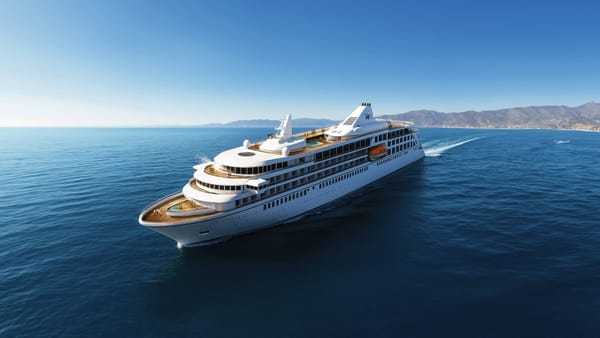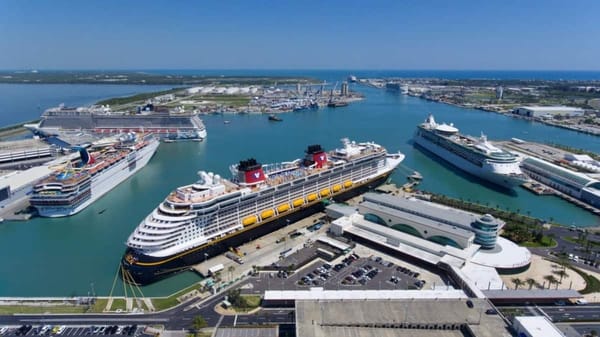Jeju Island Expands Cruise Hub Role With New Semi-Homeport Routes
As Jeju Island expands cruise infrastructure and launches semi-homeport routes, officials aim to boost tourism, strengthen the local economy, and highlight the island's cultural heritage.

Jeju Island in South Korea is positioning itself as a major Asian hub for cruise tourism, propelled by new government initiatives, significant infrastructure enhancements, and a post-pandemic surge in passenger numbers. This strategic effort involves multiple government agencies, including the Jeju Provincial Government, the Ministry of Oceans and Fisheries, and the Ministry of Culture, Sports, and Tourism, aiming to simplify travel and stimulate local economic growth.
Launch of Semi-Homeport Cruise Routes
Beginning May 1, 2025, the Adora Magic City, a 135,000-ton vessel operated by Adora Cruises, will introduce Jeju’s first semi-homeport cruise operation from Gangjeong Cruise Port in Seogwipo. The ship will offer 33 round trips connecting Shanghai, Jeju, and Japan, featuring 5 to 6-day packages for 60 to 120 Korean passengers per voyage. Semi-homeports allow both departures and arrivals but lack the full-scale facilities of homeports, serving as a critical step toward enabling fully operational homeport services.
Officials highlight that eliminating the need for travelers to board flights to China or Japan before embarking on a cruise will bolster Jeju’s appeal among domestic and international visitors. “We expect local tourism and shopping opportunities to grow significantly as Jeju becomes both a departure and arrival point for cruises,” said Oh Sang-pil, head of Jeju’s Bureau of Oceans and Fisheries.
Economic Impact of Cruise Tourism
The island has seen cruise passenger numbers rise from 101,000 in 2023 to 641,000 in 2024, a 534.7% year-on-year jump. Projections for 2025 suggest an estimated 346 port calls, potentially bringing 800,000 passengers. On a record-breaking day in September 2024, Jeju welcomed 11,184 tourists disembarking from three cruise ships—Celebrity Millennium, Ovation of the Seas, and Adora Magic City—generating around 2 billion won (1.4 million USD) in port fees, terminal charges, and local tourism activities. More than 200 charter buses and interpreters were deployed to manage the influx, demonstrating the island’s logistical capabilities.
Local businesses see the surge in arrivals as a chance to sustain economic momentum. The Jeju Tourism Organization notes growing visitor satisfaction levels, pointing to an increase in spending on tours, dining, and cultural souvenirs. By prioritizing cruise lines that invest in Jeju’s local supply chain, the provincial government looks to maximize the ripple effect of cruise tourism on the regional economy.
Infrastructure Enhancements and New Terminal
To accommodate rising cruise traffic, Jeju is upgrading key facilities. A new cruise terminal will allow passengers to disembark at multiple points, offering more expansive options for exploring the island before and after their voyages. An automated border control system is slated for installation at Gangjeong Cruise Terminal, reducing customs, immigration, and quarantine wait times. In recent years, streamlined procedures have already lengthened average shore visits, encouraging passengers to engage more deeply with local attractions.
Further enhancements include expanding berth allocations and boosting onboard provisions sourced directly from the island. Cruise operators that promote traditional market visits and Jeju-guided tours will receive preferential treatment, reinforcing synergies between tourism and local businesses.
Handling Record Passenger Influx
With up to three large cruise ships arriving simultaneously, Jeju has demonstrated its readiness for high-volume tourism. Rapid mobilization of charter buses, interpreters, and efficient customs processes helped accommodate thousands of visitors in a single day. Officials predict these measures will continue to smooth operations as more vessels adopt Jeju as a point of departure or arrival.
This move toward a semi-homeport system is a core component of Jeju’s broader vision to become a central hub for cruise travel in Asia, ensuring passengers can step directly onto cruise ships from the island and return there at the end of their journeys.
Cultural Tourism Initiatives
Jeju’s tourism planners aim to deepen visitor engagement through immersive cultural experiences. Proposed programs include haenyeo (female diver) demonstrations, tangerine-picking activities, and tours spotlighting Jeju’s unique heritage. These initiatives are designed to preserve local traditions while appealing to the international market, fostering a balanced approach to economic development and cultural authenticity.
Frequently Asked Questions (FAQs)
What is a semi-homeport, and how does it differ from a homeport?
A semi-homeport allows cruise ships to both depart and arrive but does not provide the full-scale facilities of a homeport. It acts as an intermediary step, streamlining passenger logistics while paving the way for a fully operational homeport in the future.
How will this impact local businesses on Jeju Island?
A higher volume of cruise passengers is expected to boost local businesses through increased spending on accommodations, dining, shopping, and cultural experiences. The government also encourages cruise lines to source supplies locally, amplifying economic benefits.
What measures are being implemented to streamline cruise operations in Jeju?
Jeju is rolling out automated border control systems, upgraded immigration kiosks, and enhanced customs processes. These efforts reduce wait times and allow visitors to spend more time on the island, benefiting local attractions and businesses.
What is the significance of the Adora Magic City in these developments?
The 135,000-ton Adora Magic City will be Jeju’s first semi-homeport cruise vessel, offering 33 itineraries connecting Shanghai, Jeju, and Japan. Its regular 5 to 6-day packages exemplify Jeju’s strategic transition into a full-scale cruise destination.
How does Jeju plan to enhance visitor experiences?
The island is developing cultural programs such as haenyeo diving demonstrations and tangerine-picking, alongside curated tours of popular sites. These initiatives aim to immerse travelers in Jeju’s heritage while fostering sustainable growth in the local tourism sector.
By embracing a semi-homeport framework and expanding cultural offerings, Jeju Island seeks to balance economic vitality with visitor engagement, solidifying its standing as a rising star in Asia’s cruise tourism scene.




